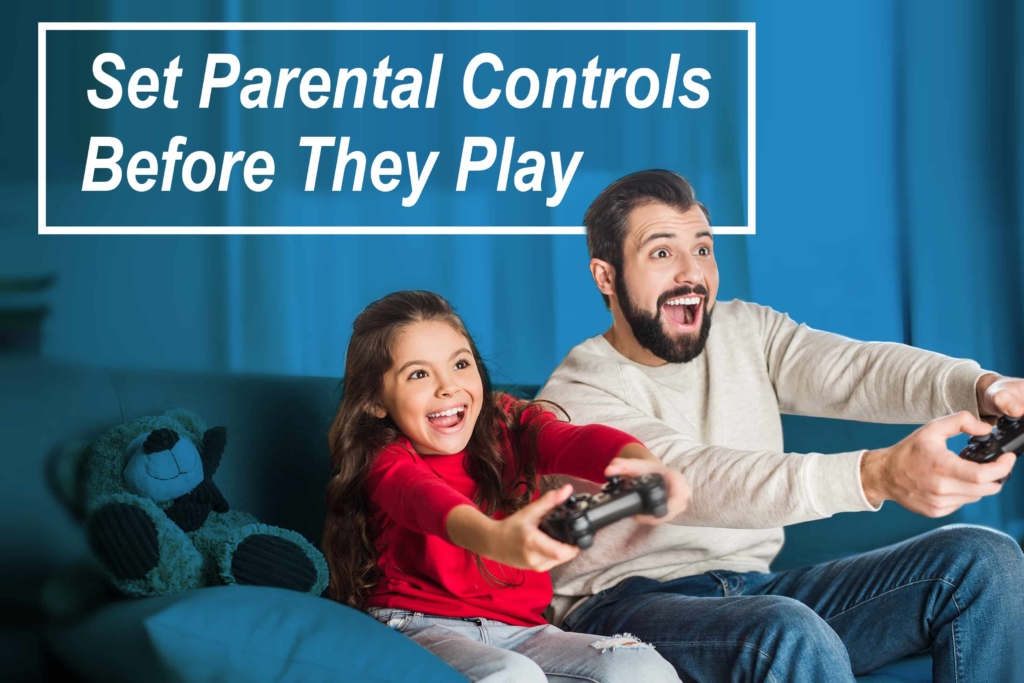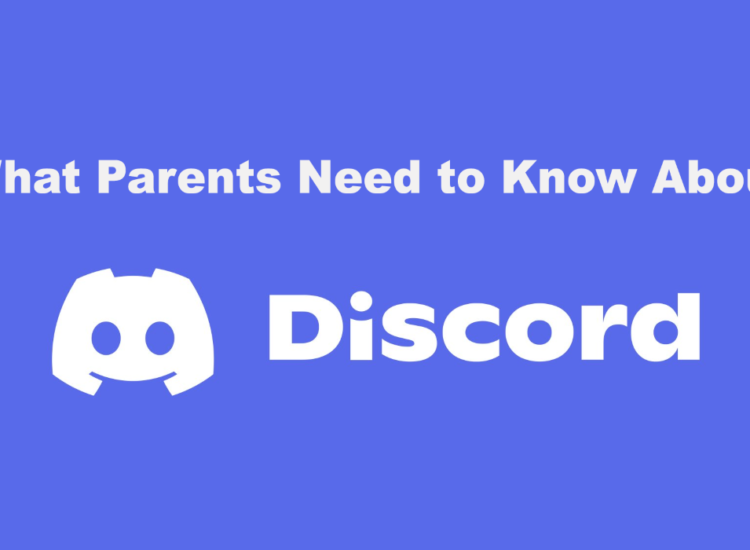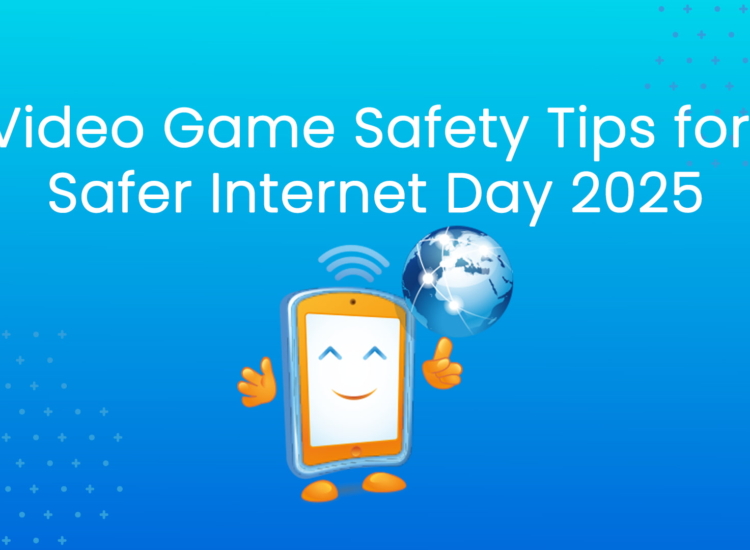#TakeControl of Your Kids’ Video Games This Holiday Season

The holidays are almost here, and chances are your kids are asking for some of the year’s hottest video games. What parent doesn’t want to find a gift that their kid will open with glee? But it’s also important that you know how to #TakeControl and manage what your kids play (and buy), for how long, and with whom.
Be a gift-giving hero this holiday, by learning how to #TakeControl before the wrapping paper is carted away. Fortunately, all devices offer parental controls that make it easy to keep games age-appropriate, fun, and safe.
How to #TakeControl, Regardless of Age
Whether you have toddlers, teens, or a combination, there are tools you can use to #TakeControl no matter the age.
Start by checking the ESRB rating information on the game box or website. You can also review the game’s “rating summary” on esrb.org or the ESRB mobile app, which provides even greater detail. If you’re still unsure, you can watch gameplay videos on YouTube, or find reviews on game enthusiast websites. Most importantly, don’t ever feel forced to buy a game with an age rating that seems inappropriate for your child. There are plenty of great age-appropriate games out there!
Next, set parental controls for all devices your kids use to play games. Parental controls offer tons of options to manage your kids’ interactive experiences—from restricting games based on the ESRB age rating, to limiting screen time, to setting spending limits for in-game purchases—there are great options for every age. ESRB has easy to follow step-by-step Parental Control Guides on this page.
Having an conversation is a great way to stay aware of what your kids are playing and how their interests evolve. These talks will also help you discuss any “house rules” you’d like to set.
Of course, how you #TakeControl will change as your kids get older, starting with:
Preschoolers
Preschoolers most often play mobile games/apps on their parents’ devices. It’s relatively easy at this age since you control access, but it’s still a good idea to set controls that only allow age-appropriate games.
While you’re at it, make sure you block in-game purchases. You don’t want to end up in one of those horror stories about a child accidentally racking up thousands of dollars while innocently tapping away.
Lastly, disable any in-app communications to ensure that your children don’t end up accidentally communicating with strangers.
Elementary through Middle School
Regulating content can get a little trickier at this age. For example, a game that another parent might approve for their 10-year-old may be off-limits for your kids, or vice-versa. Some 11-year-olds may be fine with T (Teen)-rated games. Meanwhile, others are more comfortable with games rated E (Everyone) or E10+ (Everyone 10 and up). It’s up to you to make those decisions for your kids. ESRB ratings also include notices about the nature of the game’s content and its interactive features.
This is also the age where playing games can become a group activity. With the popularity of games like Fortnight and Minecraft, school age children will want to play with their friends, but these games can also connect your kids with strangers. Thankfully, parental controls give you the ability to limit (or block) chat features or approve friends.
In-game purchases can still be a pitfall at this age, so it’s a good idea to keep managing those. Most parental controls let you set an “allowance” for in-game purchases, giving your children some freedom to make their own purchases within certain limits.
Screen time may become a bigger deal as your kids enter middle school. Thankfully, you can #TakeControl and set daily time limits on most devices and consoles. Many of these controls will let you set different limits for different days so as not to conflict with homework or other activities.
Teenagers
Most teens are likely to want to play M (Mature)-rated games, and some may be perfectly fine by you, while others may be off-limits until they’re a little older. Ultimately, it’s your call so the more information you have from ratings and other online resources, the better.
At this age, they will definitely be playing online, so remember to talk with your kids about how they should behave online and what they should do if other players are abusive. Some parents may want to consider requiring their kid to play without a headset so they can overhear the in-game banter. And of course, at any age but especially with your teenagers, make sure your kids know not to give out any personal information to strangers.
Regardless of your child’s age, there are easy ways to #TakeControl of their video game experiences. That said, there’s no better way to connect with your child by taking a break and playing a game with them.


